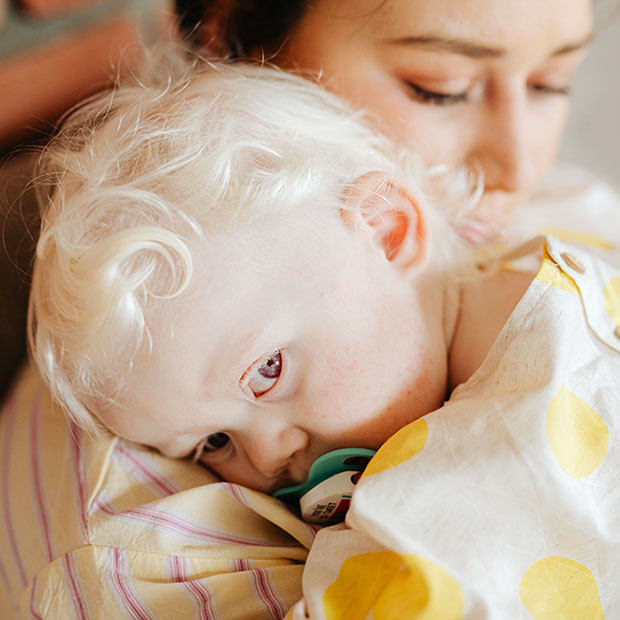Why Do We Have Different Eye Colors?

Melanin, the same compound that determines skin and hair color, is also responsible for different eye colors.
Melanin helps to protect the eye by absorbing light (including some UV light) that hits the iris, which is the part of the eye that controls the amount of light that reaches the retina.
How Rare Are Different Eye Colors?
Anyone living in an English-speaking country might have the impression that eye colors like blue, hazel, and brown are about equally distributed across the population, but if you look at the whole planet, the ratios are very different. Brown eyes in varying shades are by far the most common, while blue eyes likely all trace back to a single common ancestor with a specific mutation. These are the percentages of different eye colors in the population:
- Brown: 70-79%
- Blue: 8-10%
- Hazel: 5%
- Gray: 3%
- Green 2%
- Red or violet: less than 1%
- Heterochromia (partly or completely different-colored eyes): 1%
Types of Melanin and Pigment
Melanin in the iris comes in two different types: eumelanin (which produces a deep chocolate brown color) and pheomelanin (which produces colors ranging between amber, green, and hazel). But what about blue eyes? Blue eyes are basically the absence of melanin. There isn’t any actual blue pigment present, but like the sky and the ocean, blue irises get their color from the way the light scatters around the iris, called Tyndall scattering.
Eyes can be green if there is some melanin present but not enough to completely obscure all of the Tyndall scattering, so there’s a bit of blue appearance mixing with yellowish pigment. Eyes are hazel when they have just enough melanin to obscure any Tyndall scattering. Very rare red and “violet” eyes (typical in albinism, as pictured above) come from a total lack of melanin in all layers of the iris, so the color is a combination of Tyndall scattering and the blood vessels being more visible.
The Genetics of Eye Color Is Complex
In recent years, scientists have found that eye color isn’t only controlled by a single gene but by as many as 16 genes working in tandem. Tiny changes to any of those genes can lead to a different color. This means that you can’t always predict a child’s eye color based on how their parents’ eyes look. Blue-eyed parents won’t necessarily produce blue-eyed children every single time.
Why Do Babies Often Start With Blue Eyes?
Sometimes babies (most commonly caucasian babies) are born with blue or gray eyes that change to a different color over time. Just like the way some kids have platinum blonde hair that darkens nearly to brown in adulthood, it can take time for the cells in their eyes to produce melanin. Exposure to light can trigger melanin production, and that can’t happen until they’ve been exposed to light for a while.
Other Causes of Eye Color Change
You probably had a friend in school who claimed their eyes would change colors every day. More likely it was a trick of the light based on how their eyes reflected the different outfits they wore. Eye color can also appear different with changes in pupil size or the type of light the person is in. Aging can cause a very gradual change in eye color with more melanin production, and an eye injury can also cause permanent eye color change. David Bowie was a famous example of this.
Interested in Artificially Changing Your Eye Color With Contacts?
For the last few decades, anyone who has wanted a change in their eye color could turn to color contacts. If you’re interested in changing your eye color with contacts, we can help! Just keep in mind that a colored layer curving over the round surface of your eye won’t look quite the same as natural eye color in a flat layer beneath the surface of the eye.